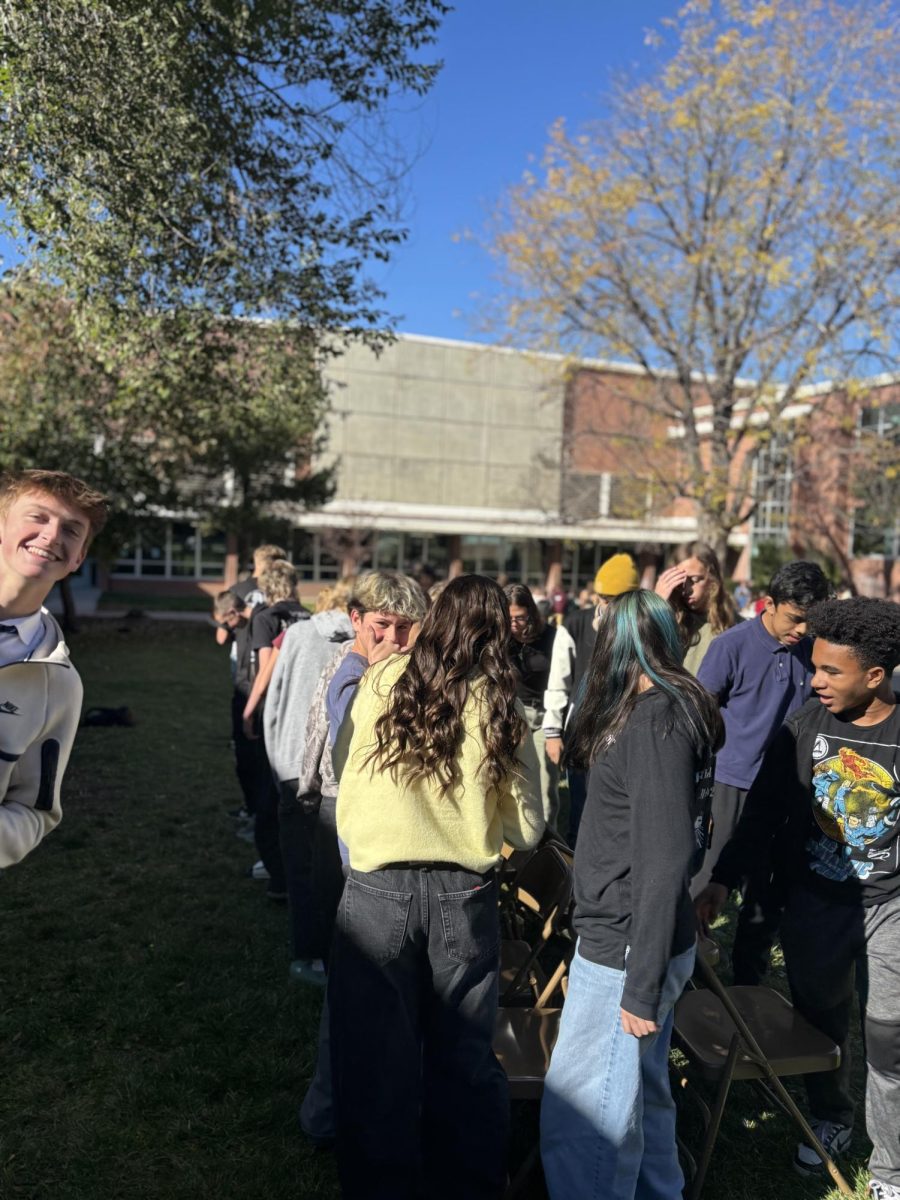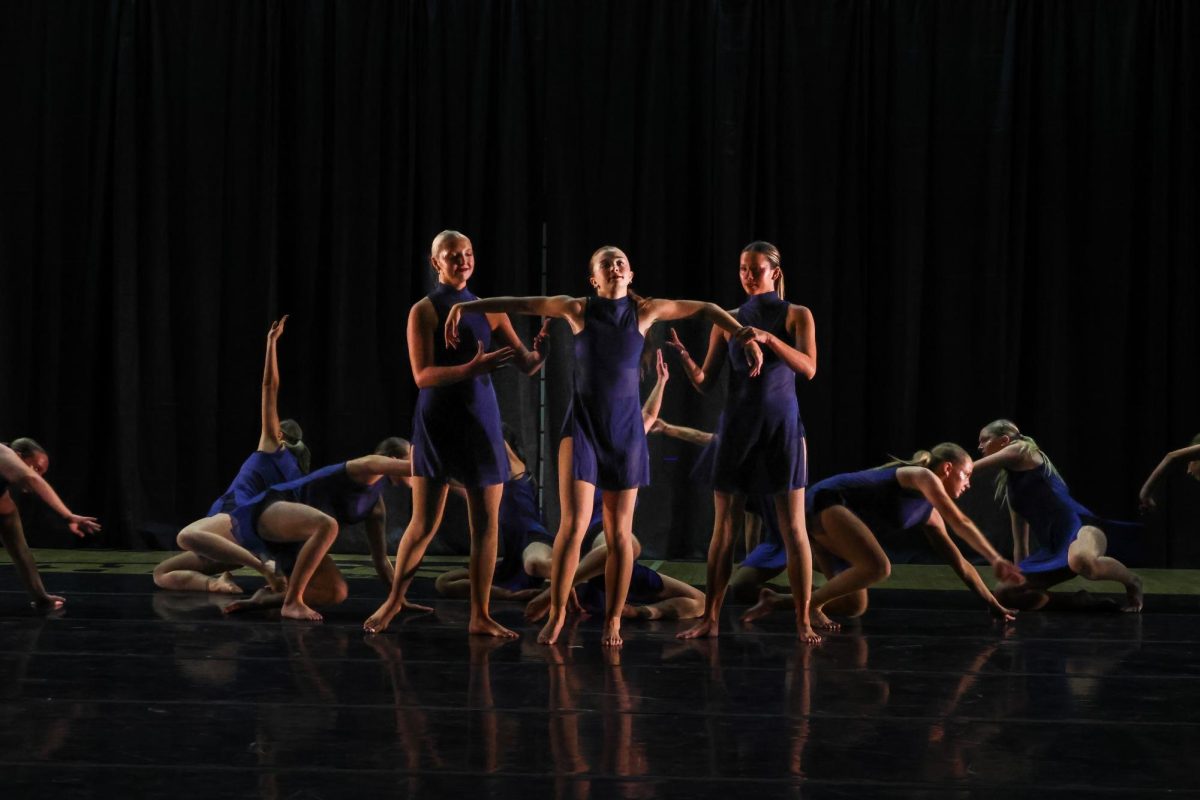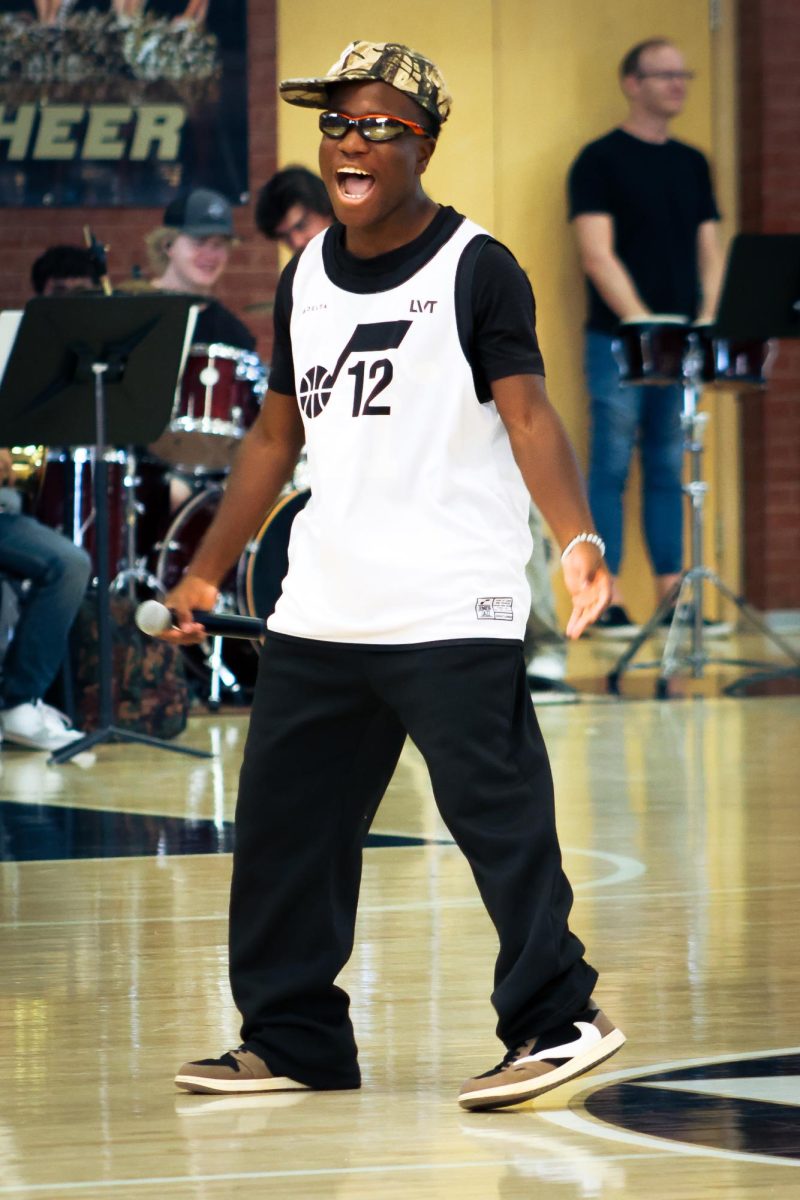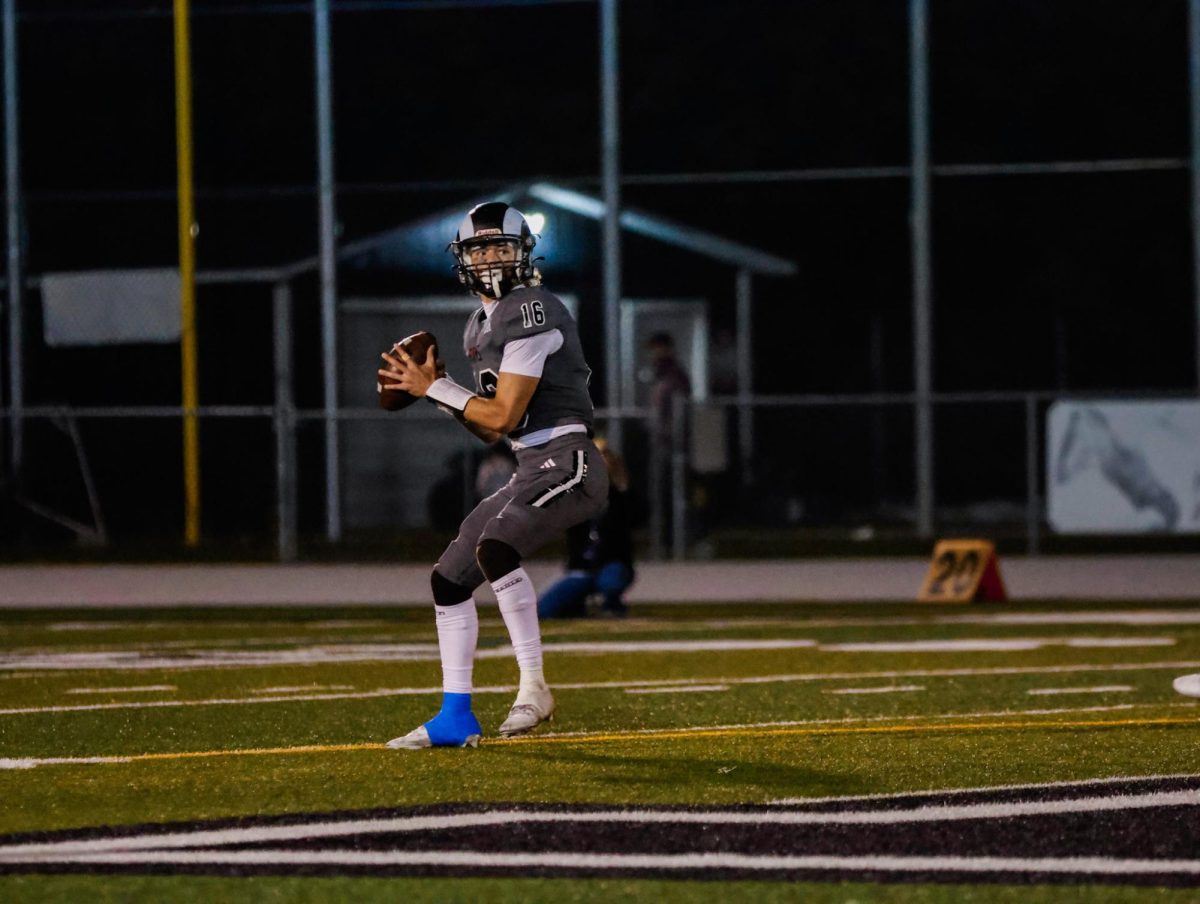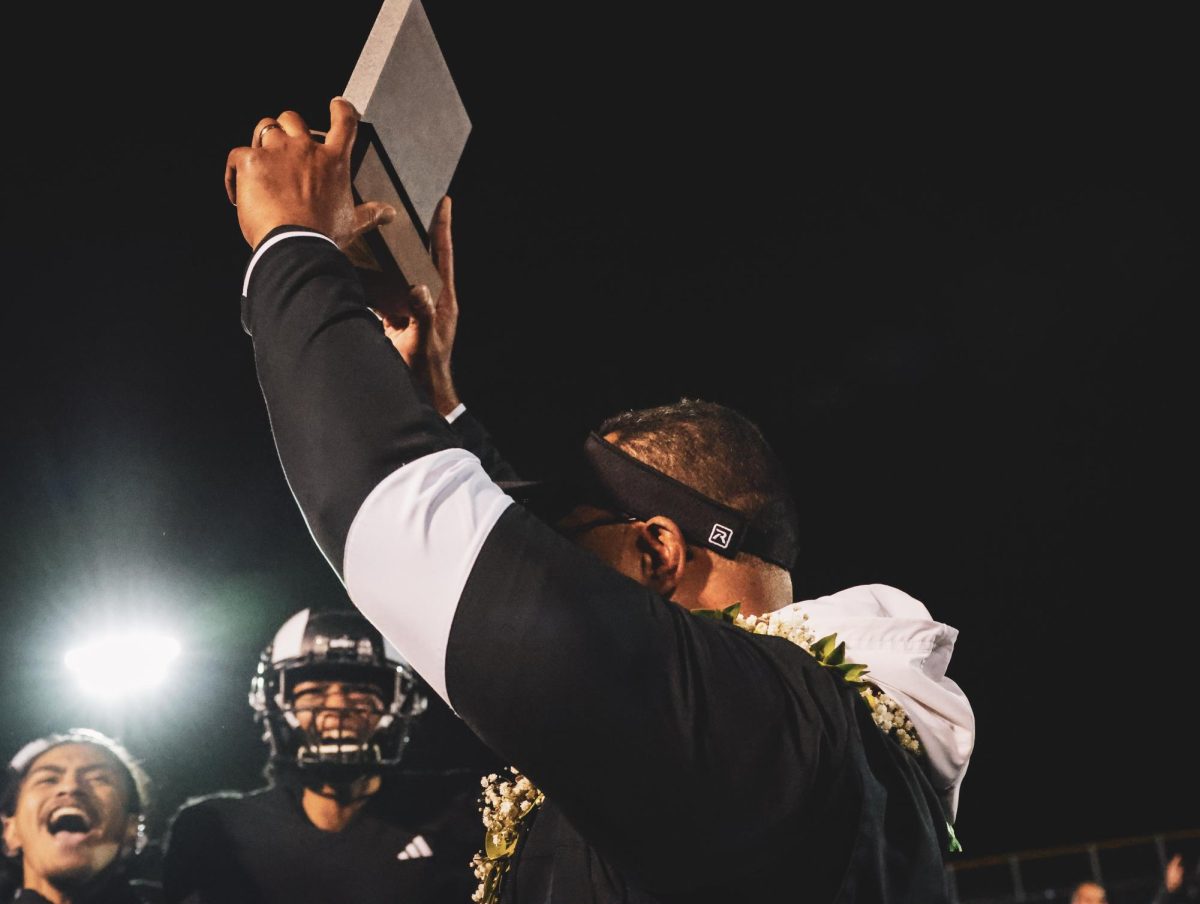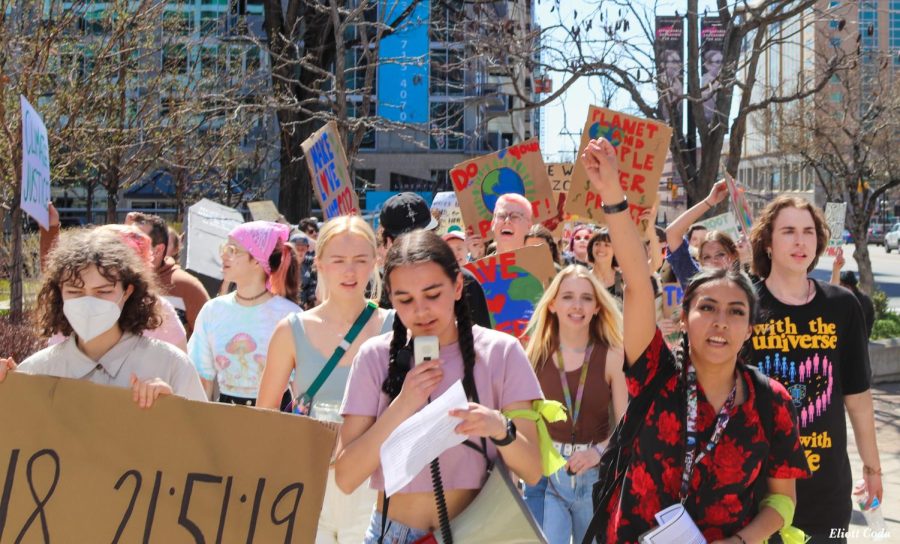Environmental Problems Call for New Solutions
Student activists chant as they march to the Capitol demanding environmental education and legislation.
April 2, 2022
Friday, March 25 was the warmest day so far of 2022; the sky was sunny and temperatures rose to almost 80 degrees. While many people enjoyed the nice spring weather, it only highlighted the points made by youth climate activists that day.
Around 12 PM, still during school hours, a group of people—mostly high school and college students, but some older—gathered at Washington Square Park to begin a global climate strike. That day, activists from around the country and the rest of the world took to the streets to protest climate change and urge leaders to take action against it while they still can.
At the strike in Salt Lake, organizers next led protestors a few blocks up the street to the Utah State Board of Education building. There, a group of students walked in to present the school board with copies of the Intergovernmental Panel on Climate Change (IPCC) report detailing the dire reality of climate change and the steps humans must take to combat it, as well as letters demanding that Utah’s education curriculum be expanded to include lessons about climate change and necessary action.
Following this stop, the group walked up State Street to end at the steps of the Utah State Capitol. The sun beat down on the marchers, and that afternoon felt like a preview to Utah’s summer heat. But people marched nonetheless, yelling call-and-response phrases all the way up the steep hill. People on the streets, in cars, at outdoor restaurants, and even construction workers, noticed the chants, and many honked or waved in support.
When the protestors reached Capitol Hill, some organizers were already waiting. In contrast to the usual bike-powered microphones on the steps, which have previously been used for speeches and poems in support of climate action, marchers were met with a unique performance piece. A person dressed in a black judge’s gown began speaking about how they wanted to preserve the “status quo,” namely the government’s inaction on climate change, quickly designating themself as the antagonist in the skit. Organizers represented this side of the story with a single “dot,” meaning the termination of the conversation youth want to have with their lawmakers.
To rebut, Director of eco-literacy and activism group Ecotopia Now!, Gabe Dominguez responded to the antagonized character from the side of the “dot-dot-dot,” which symbolized the way students want to take back the conversation and rewrite the future of how humans deal with climate change. Dominguez performed a song with actions that invigorated the crowd, getting everyone involved voicing their grievances with climate inaction at the microphone.
Adults and young children alike had the opportunity to ask the crowd, “why aren’t we protecting vulnerable communities affected by climate change,” “why doesn’t Utah invest in public transportation to combat our air pollution,” “why don’t we save the bees,” and many other questions they wanted answered. This interactive protest format allowed everyone to get involved, whether at the mic or just singing along to the catchy repeats of the song.
After the song, those who wanted to stay were instructed to split into small groups, each led by a facilitator with a bright green armband, to discuss their hopes and concerns about climate action. Organizers explained that the idea behind these “circle-ups” was to let every person have a voice and to listen to one another, even when it feels like lawmakers and those in power might not always be listening.
As a conclusion to the protest, the group of activists remaining wrote questions, concerns, and demands about climate change on slips of paper, taped them together to create a banner, then marched this banner back down the hill to Washington Square Park.
In all, this climate strike was quite unique compared to previous ones. Activists are always looking for ways to invigorate the public and garner attention for their cause, and the organizers of Friday’s protest did just that. The performance piece was unexpected but fun for many people, as were other elements such as presenting the documents to the Board of Education. This climate strike showed yet again how passionate Utah’s youth are about protecting the planet, and many hope that widespread legal action will soon follow suit.
